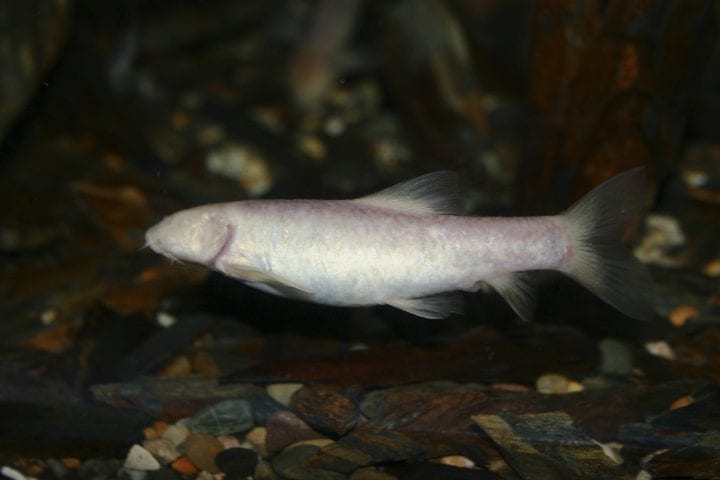Solar panels from Anhui Polytechnic University have patterned nanostructures that reduce light reflection.
Benefits
- Increased efficiency
- Reduced light reflection
Applications
- Commercial and industrial energy generation
UN Sustainable Development Goals Addressed
-

Goal 7: Affordable & Clean Energy
The Challenge
Light reflection is a common problem that occurs in many applications. For example, any light that is reflected off solar panels reduces the total amount of energy that can be used, which decreases efficiency. Additionally, when particles such as dust adhere to a surface, they block potential light from entering, further reducing efficiency.
Innovation Details
Butterfly wings appear black not because of , but because they are able to absorb light and reflect almost none of it back using specialized structures. Researchers mimicked these structures and placed them silicon-based solar panels, to help reduce light reflection. If less light is reflected, that means more of it can be absorbed, increasing the overall efficiency of the panels. Researchers found that these structures decreased light reflection from more than 35% down to less than 5%. As a result, the short-circuit current (the largest current that can be obtained from the photovoltaic cell), was increased by 66%.
Biological Model
Butterfly wings appear black not because of pigment, but because they are able to absorb light and reflect almost none of it back. This is achieved by a mesh-like surface of ridges and holes on the scales of the butterfly wing, which channel light into the scale’s interior. There, pillar-like beams of tissue scatter light until it is almost completely absorbed.







